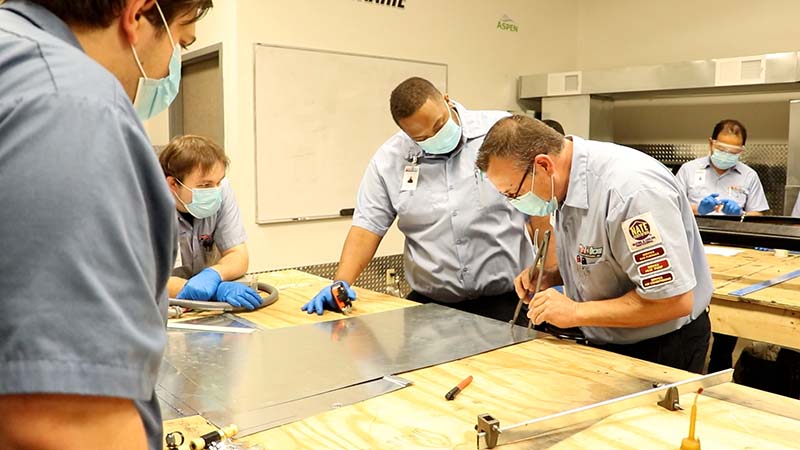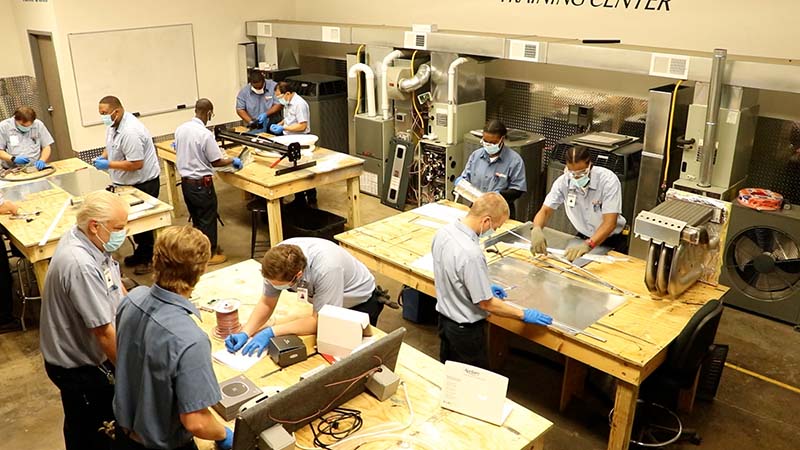Technology is still progressing, and training is still critical

The health and safety practices of countless different industries changed when the pandemic hit. HVAC is no exception, and most of us have adjusted to life in the “new normal” of COVID-19 restrictions and concerns.
For some, this was also an excuse to put purposeful and necessary practices on hold. That’s not only a shame — it’s potentially damaging to both our businesses and the homes or businesses we serve.
At Fire & Ice, we’ve maintained a strict training regimen throughout the pandemic, and we’ve done so without outbreaks or unnecessary risks. While no plan is foolproof in the current environment, I believe it remains our duty to maintain training practices that enhance our service.
The ways this can be accomplished are a mix of practical and philosophical: committing to systemic training practices that aren’t remote, devoting resources and space to training, adhering to health and safety best practices, and creating training plans with customer end results in mind.
Remote and In-Person Training
Remote training has its place, but I’m here to tell you that it isn’t sufficient for your technicians.

The simple truth is that working with your hands in a live environment is the only reliable way to improve many skills that HVAC technicians need to be successful. Rare is the new trainee who knows everything they’ll need to immediately after their hire, or who can diagnose and fix the full range of issues after only school training and prior in-field experience.
Has the industry slowed down during COVID? Have innovations stopped being announced? Of course not. So if we don’t want to fall behind, proactive training remains necessary.
None of this should be news to business owners or installation and service managers. So how do you account for the pandemic?
Training Space and Materials
The first step is having a dedicated space for training and devoting the equipment and resources to building it out with a full array of equipment.

The Fire & Ice Training Center allows us to hold larger demonstrations, even in recent months. You may not have that luxury, but creating a dedicated space is still a priority.
The type of training you can perform may be limited by space — maybe only a few people can safely be in the room at the same time — but there is still a benefit.
The same is true of the time of year. When cooling season hits, we frankly don’t do much training unless it’s very specific and necessary. But the center is used quite a bit during slower months. Forming a long-term training plan, then sticking to it, is key.
A single training space can be the difference between relatively smooth operations and dozens of callbacks during the year’s most demanding months. How many thousands of dollars are being lost because there wasn’t a piece of equipment that allowed your technicians to understand the problem beforehand? Only you can answer that, but the idea that training opportunities pay dividends for your business should be obvious.
Safety and Health Precautions
How do you stay safe? Some safety recommendations are universal to all walks of society, but some can benefit from our industry expertise:
Stay distanced. Plan training around the available space, and stay distanced at all times.
Wear PPE. This is something HVAC professionals should be good at. We know the benefits of good filtration for your health, and personal protection equipment (PPE) is your own personal filter.
Filter your air. MERV 13+ filters have been shown to be effective at capturing COVID particles. If you’re not leveraging this knowledge into increased protection for your employees, you’re missing an opportunity.
Keep the air clean. Similarly, we know the benefit of air purifiers. The Reme Halo Air Purifier has been proven to be 99.9% effective at neutralizing COVID. We use these in our shared workspaces to decrease the risk of contracting the virus.
Provide safety resources. Do your employees have ready access to medical-quality masks? Hand sanitizer? If not, you’re leaving them to fend for themselves, which is a recipe for disaster.
Does this mean you’ll be risk-free? No. Nothing in life comes without risk these days. But you’ll be effectively limiting your risk, and thus limiting the risk your business faces from things like virus outbreaks and loss of customer trust around your health and safety practices.
This takes clear direction and leadership to instill the mentality company-wide.
What Customers Deserve
I firmly believe that what is best for our customers and employees is best for our business. Even if it takes time and effort to set up regular training practices, the long-term benefits are myriad.
Fewer callbacks, more empowered technicians, and a tool for recruiting (“Hey, check out our personalized training center!”) are just a few of the benefits. Several of our employees have told me what a boon our training center is, and it’s certainly reduced the number of callbacks we’ve had, which in turn reduces things like annoyed customers and bad reviews.
It’s possible to do on a variety of budgets, even amidst the pandemic. If you commit to training in a way that incorporates these elements, you’ll be able to build a successful plan that uplifts everything your technicians do.

